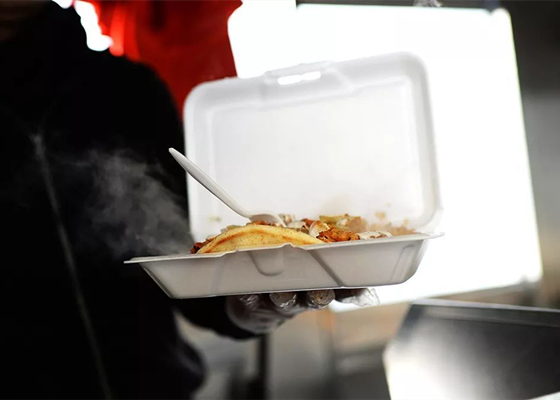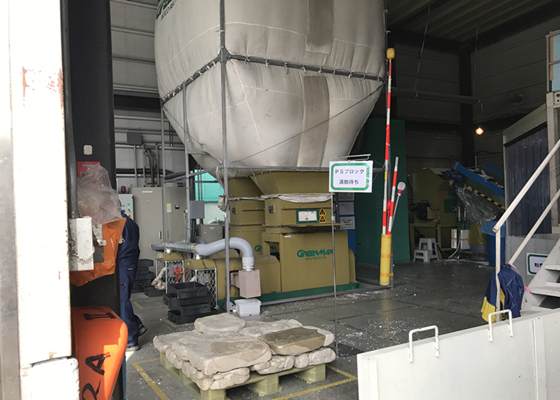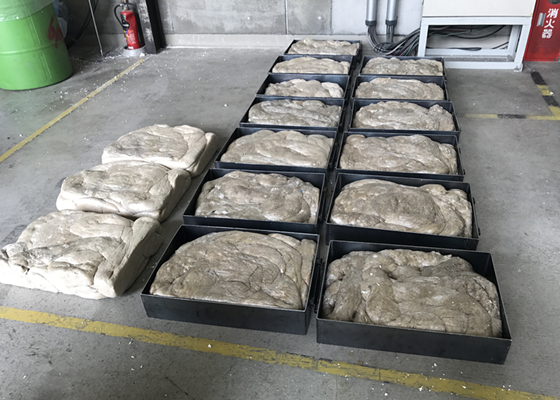EPS foam can be made into various types of packaging, such as electronic and furniture packaging, fish box packaging, fruit box packaging, medical supplies packaging, etc. This type of EPS foam can be processed and recycled by an EPS densifier after use. Long time ago, it was difficult to make EPS into food-grade packaging, because such packaging directly contacts people’s diet, and if it fails, it will bring hidden safety risks.

Since the continuous improvement of technology, the toxic substances remaining on the surface of EPS can be removed, and food-grade EPS packaging came into being. Disposable food containers such as hot drink cups and instant noodle bowls made by foaming fine food-grade EPS particles and then high-pressure steam compression molding are increasingly favored by the market because of their low price and excellent thermal insulation properties. In this way, the range of materials that the EPS densifier can handle is also increased by a food grade foam packaging.

Fast food is very popular in Japan, and the use rate of disposable EPS food boxes by residents is very high. In Japan, the concept of environmental protection recycling is very popular, people will not throw away garbage at random, then, where do these EPS food boxes flow after use? In Japan, usually the recyclers will collect a large amount of EPS food boxes each month, crush and melt them by the EPS densifier, and the meal boxes change from a solid state to a semi-solid state, which is then extruded from the densifier.

You may not know that the foamed EPS after compacting and melting, also known as EPS pellets, is the raw material for EPS granulation. EREMA, the world’s best foam granulator, is another step after the EPS densifier in the EPS recycling process. After granulation, the EPS pellets can be made into frame products and continue to flow to and serve people’s lives.